Features of teeth cleaning wipes
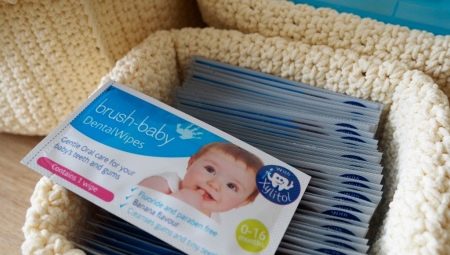
Not all parents know that caring for the child's oral cavity is necessary from the first days of his life, despite the fact that the first milk tooth in children erupts only by 6 months. Doctors recommend taking care of the teeth and gums of a baby under 3 years old with the help of wet wipes.
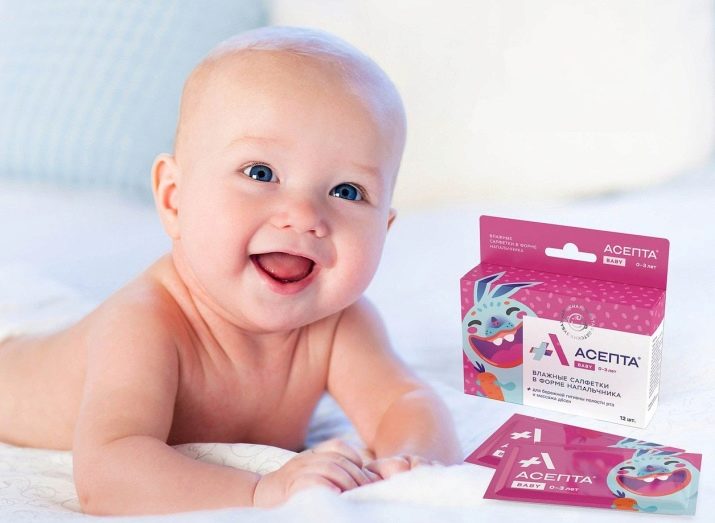
What it is?
Teeth cleaning wipes allow you to gently and gently clean the oral cavity of children under 3 years old, and they are also used when, for some reason, it is not possible to brush your teeth. Such wipes can be used by babies from the first days of life, since the toothpaste with which they are impregnated is hypoallergenic, does not contain fluoride, sulfides and parabens.
As a rule, the product is made on the basis of a special component - xylitol. It is a natural substitute for sugar, but unlike the latter, it does not harm the tooth enamel, but, on the contrary, has antibacterial properties and is used as a preventive measure against caries.
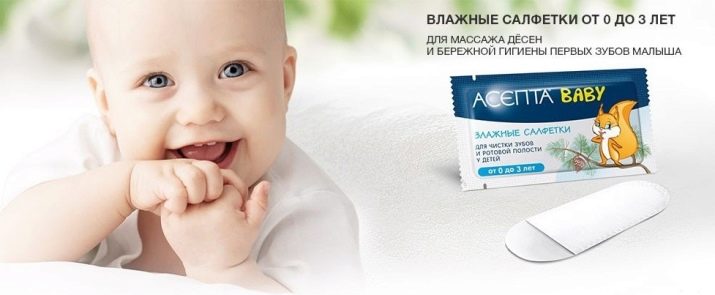
The material of the wipes is non-woven, so there is no risk of leaving fibers in the mouth. Pleasant sweetish taste helps to ensure that brushing teeth and gums does not cause negative emotions in the child.
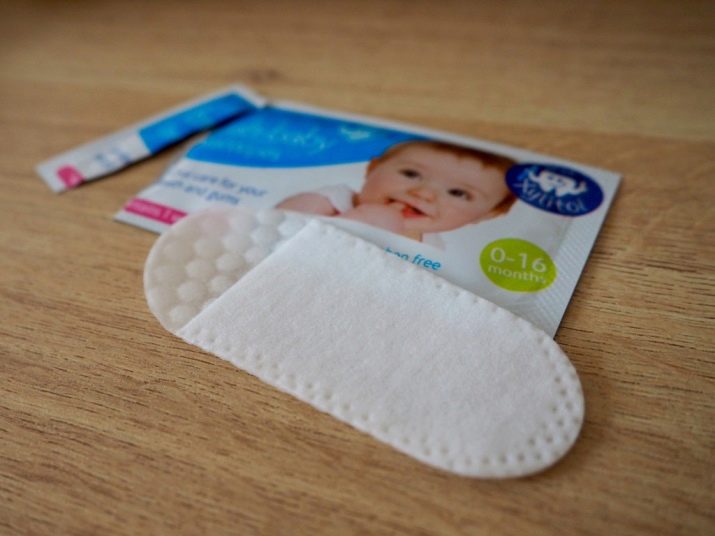
In addition to cleaning, these wipes can be used to massage the gums when a baby's teeth begin to erupt to relieve painful symptoms.
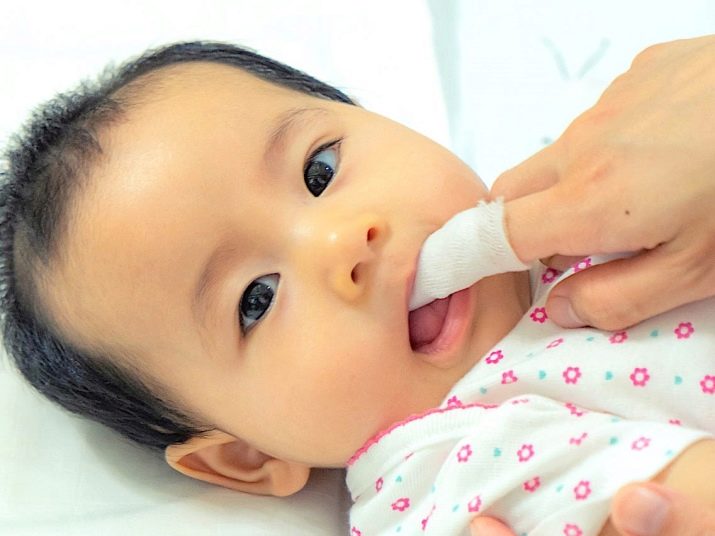
Popular brands
Let's take a look at some of the most popular brands of dental cleaning wipes among parents.
-
Brush Baby. Disposable sterile baby wipes for cleaning the oral cavity, soaked in xylitol-based toothpaste. They have a pleasant banana flavor. Manufactured in Great Britain.

- Jack Baby Gym. Cleansing and massage wipes for newborns. They are made from natural cotton, do not contain additional components.Country of origin - Australia.
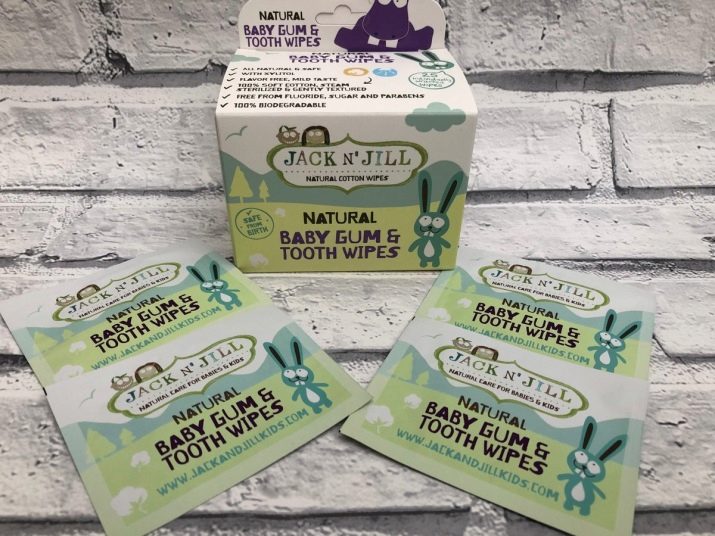
- Aleva Naturals Bamboo Baby. Super soft baby wipes. Impregnated with a cleansing paste based on xylitol and herbal ingredients (aloe extract and glycyrrhiza root).
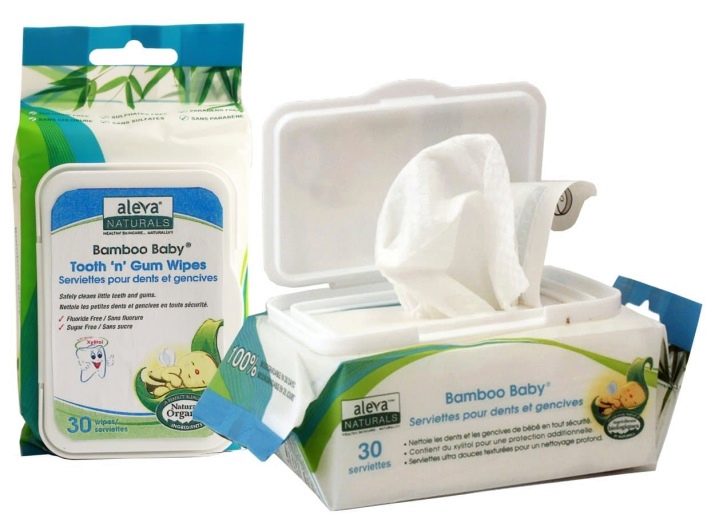
How to use?
It is necessary to start caring for the gums of a child from the first days of his life. In the first months, newborns have a rather high risk of developing thrush caused by candidal fungi. For prophylaxis, the oral cavity is cleaned with a napkin dipped in a weak solution of sodium bicarbonate.
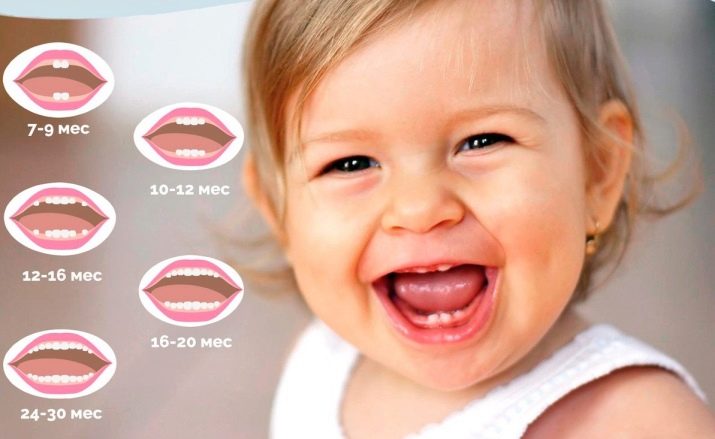
From 6 months, the first teeth begin to erupt in children, then the first complementary foods are usually introduced. Mother's milk itself is antibacterial and protects the baby's mouth. Therefore, with the introduction of complementary foods, teeth and gums need to be looked after with greater care.
Unfortunately, caries in early childhood is a fairly common problem. The enamel layer on the surface of milk teeth is much thinner than that of permanent teeth. Children's immunity is also only in the process of formation. Therefore, in the absence of proper care, carious foci appear in children very quickly. This is also facilitated by improper nutrition (sweet at night), non-observance of hygiene rules (the habit of adults to taste food from a child's spoon, and so on).
As a preventive measure, brushing your teeth and gums should be done after every meal and at night before going to bed. The use of a toothbrush in young children is difficult: even the softest brushes can damage the delicate gums of a baby, and children under 3 years old do not know how to spit out toothpaste - they swallow from 30 to 60% of the paste. Therefore, up to 3 years old, the best way to cleanse the mouth is with the help of special napkins, although from 2 years old the child must be gradually taught to use the brush.
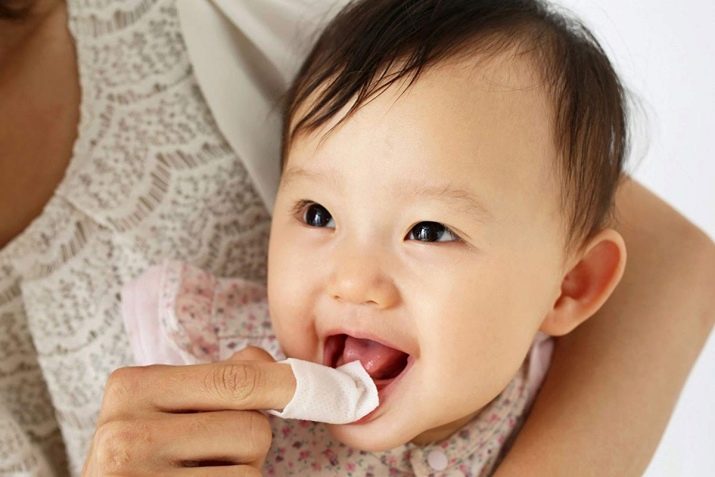
At an older age (after 3 years), napkins are convenient to use for a walk and during long trips.
Baby Mouth Wipes are for single use only. The procedure must be performed by an adult.
Before use, remove the protective film from the napkin and wrap it around your finger. Then, with gentle massage movements, they clean the gums, rub the teeth. Gum massage improves blood circulation in soft tissues and is a necessary prevention of pulpitis, it can also relieve teething pain. There is no need to rinse your mouth after using the tissue.

It is important to remember that only regular care has a result.
Brushing your teeth from time to time leads to the formation of hard plaque, which is inhabited by microorganisms, and it will no longer be possible to remove it with the help of regular brushing.
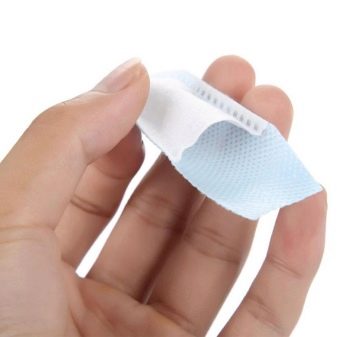

The following video will tell you how to use napkins for cleaning your teeth.








